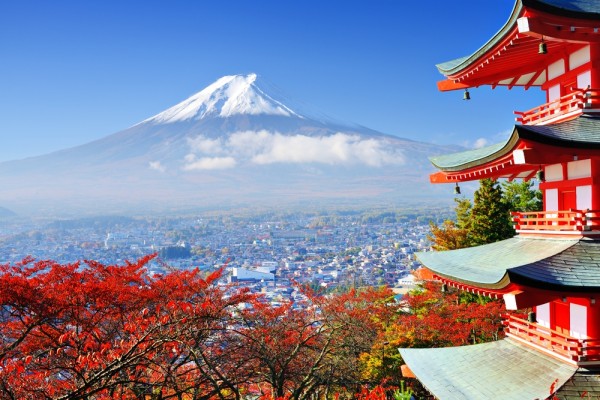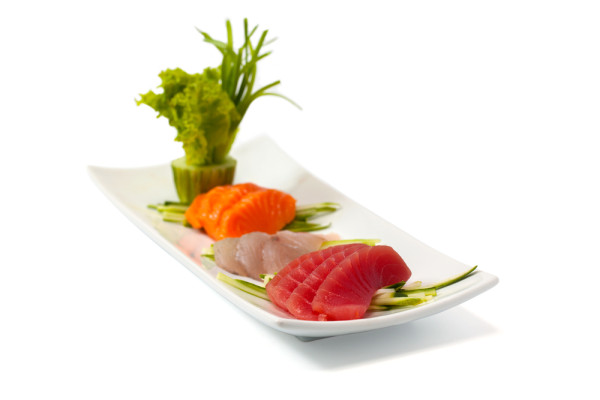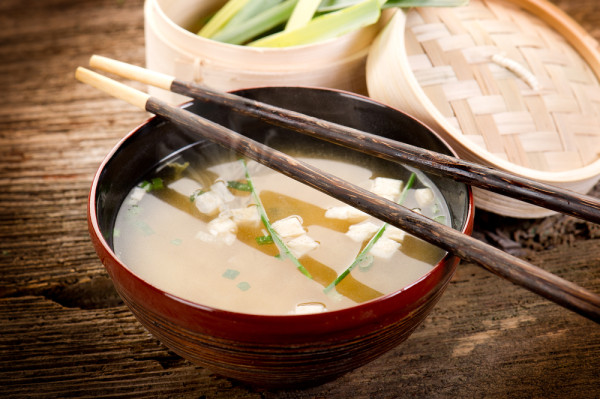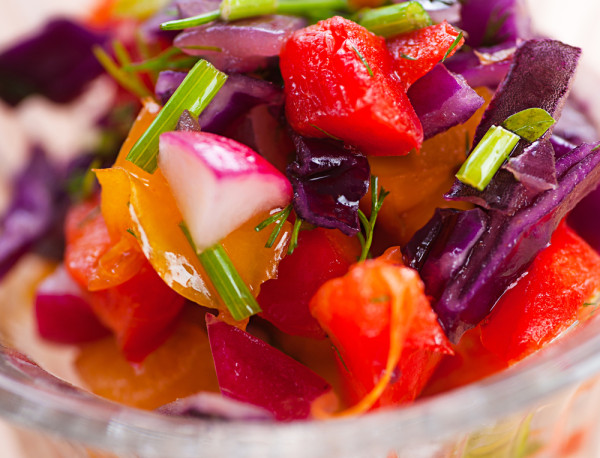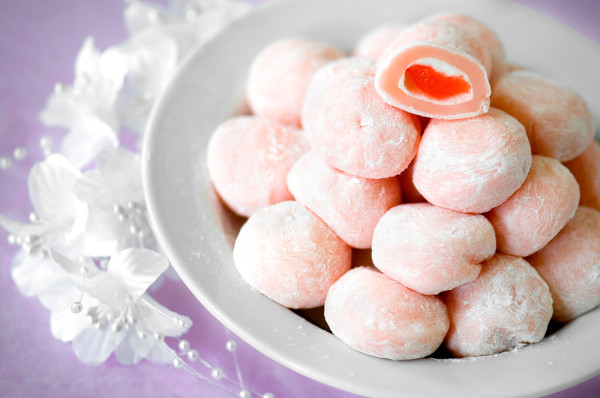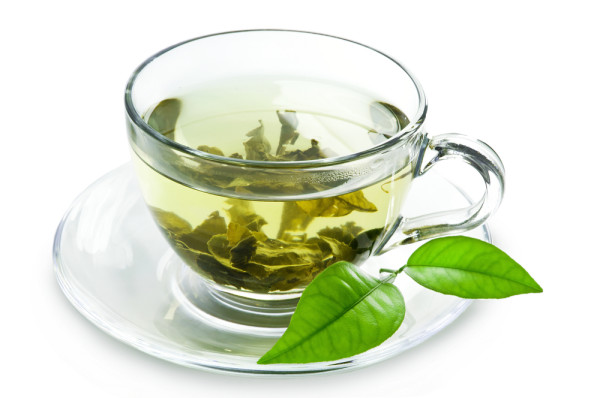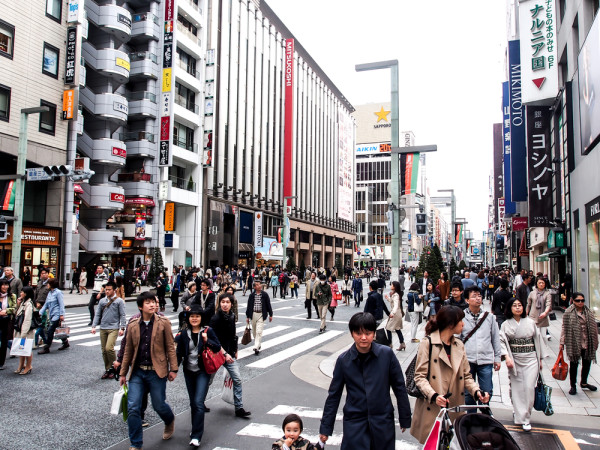Recently I was lucky enough to spend 10 days in Japan. It was cherry blossom season—and a trip that’s been on my bucket list for a while. I only learned two new Japanese words—”konichiwa” is “hello” and “arigato” is “thank you”—but I figured out at least a few explanations for why Japan continues to rate high in rankings of the world’s healthiest countries. Here are a few tricks that are helping our neighbors to the west—who boast the greatest proportion of citizens over 100—live long and healthy lives:
Fish comes first: Eaten raw, cooked, or somewhere in between, not a day went by that I didn’t have fish during my trip. All of this seafood was good for my body and brain: the blend of lean protein and healthy fats makes fish a staple in many diet and healthy eating programs. I’ve always liked sushi, but this visit gave me a new appreciation for sashimi—basically raw fish any rice: You get all of the benefits of the fish without the calories or sugar of the rice!
Soup is a mainstay: A hearty bisque isn’t exactly good for your waistline. But clear soups like miso are filling and healthy. Sure, there’s not a ton to it–water plus miso paste and maybe some tofu and leeks. But sipping a bowl serves the same purpose as drinking a glass of water before a meal: you eat less after because your belly is already partially full!
Veggies for breakfast, lunch, and dinner: I add veggies to omelets and smoothies, disguising these “afternoon foods” for consumption earlier in the day. But in Japan, vegetables take center stage from the start. You might have grilled lotus root, steamed broccoli, or pickled carrots at 7AM or 7PM which can make it easier to hit your daily recommended value.
Sweets aren’t on the menu: One of my favorite things about being on vacation is ordering dessert after dinner? Well, in Japan this wasn’t an option—it simply wasn’t on the menu. I fell in love with mochi and bean paste, a doughy and sugary treat, but I actually had to seek it out at a specialty dessert store. And when I did visit one of these shops, the treats were all packaged individually in gorgeous wrappers which made it even easier to eat just one.
Green tea is a given: In Japan the waitstaff doesn’t ask if you want green tea with your meal, they just assume that you do. You’ll get host of health benefits with each mugful, such as a boosted metabolism and extra antioxidants. Plus, because there’s never any cream or sweetener on the table you won’t take in extra calories. At first it might taste bitter (that was the verdict from my mother, who was my travel companion). But after a few days it tastes just fine.
Walking—and running—are a part of everyday life: According to my FitBit, I averaged around 6 miles of walking each day last week, maxing out at around 11 miles. And I wasn’t alone. There were planting of people walking around the city as their primary means of transportation and lots more walking to catch buss and subways. You could always tell when a bus was about to arrive because you would see people start sprinting toward the stop, even if they were wearing heels or older than 85!
Bottom photo by nui7711 / Shutterstock.com
Also Read:
Subway Japan Grows Lettuce in Store

